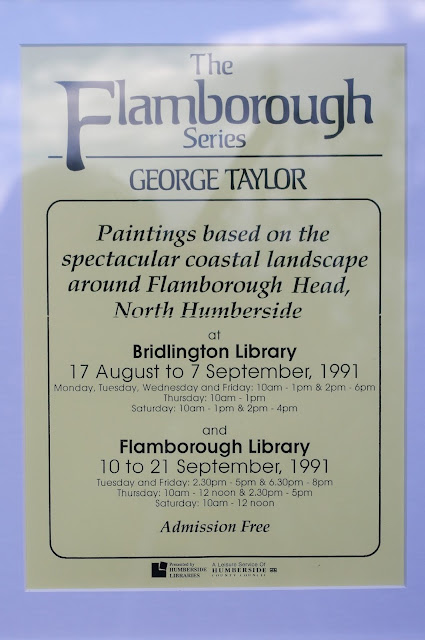Click on an image to enlarge.
Earthstorm 5
Earthstorm 1, 2, 3 and 5
Mixed media on board
I recently placed an image on my website of a painting that
I had rediscovered in my studio store, and at about the same time, had also
rediscovered in my image archive, images of three paintings of similar size
which I made about fifteen years ago, which are no longer in my possession.
The discovery of these four modest paintings from my Earthstorm
Series caused me to think about the relationship between the five critical
components of their content and thus by extension, their meaning and how this
transcends the sum of their parts and furthermore, how the paint synthesises
and ameliorates all five components into a coherent whole but retains its
innate qualities as material.
It seems to me that paintings that celebrate, and do not attempt to disguise or deny the plastic qualities of the material from which they are made, are generally more potent as ‘paintings’, rather than those in which paint is utilised as a vehicle in an effort to create a simulacrum of objective reality.
To allow the paint to live and breathe, not to stifle or to
camouflage its intrinsic character or to allow it to be subsumed and merely
become a vehicle for pictorial illusion, a mere means to an end, is in my view,
central to the act of painting.
Turner is perhaps, the archetypical example of a landscape
painter who masterfully uses paint first and foremost to fuse emotion,
landscape, space and weather in a coherent, compelling image, but the paint
remains as material evidence of the act of painting, recognising, rather than
denying its innate nature and physicality.
For me, some other artists from more recent times, not
necessarily landscape painters, who celebrate paint per se and the
physical act of painting, often via direct expressionistic gesture, include
Howard Hodgkin, Frank Auerbach, Peter Lanyon, Gillian Ayres, Willem de Kooning,
Nicholas de Stael, and Helen Frankenthaler- although Frankenthaler often
employs staining techniques in her work, she nonetheless, emphasises the
importance of material and process.
George Taylor
December 2021










